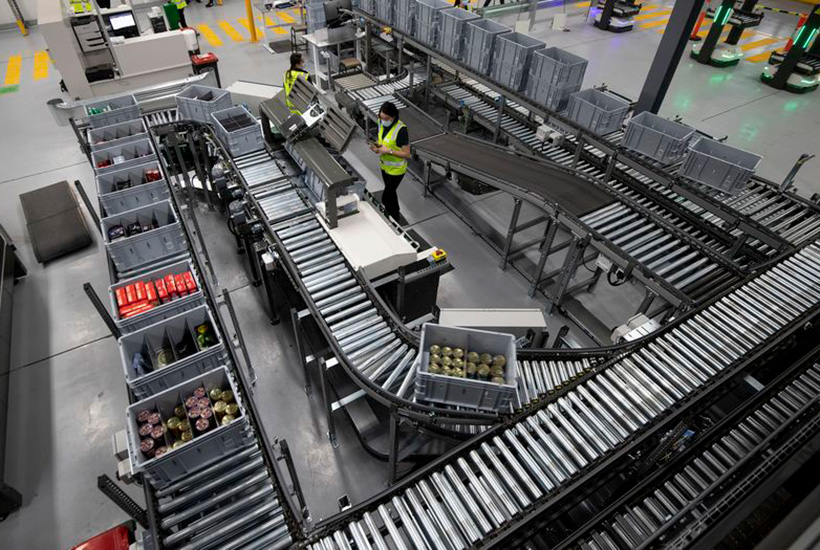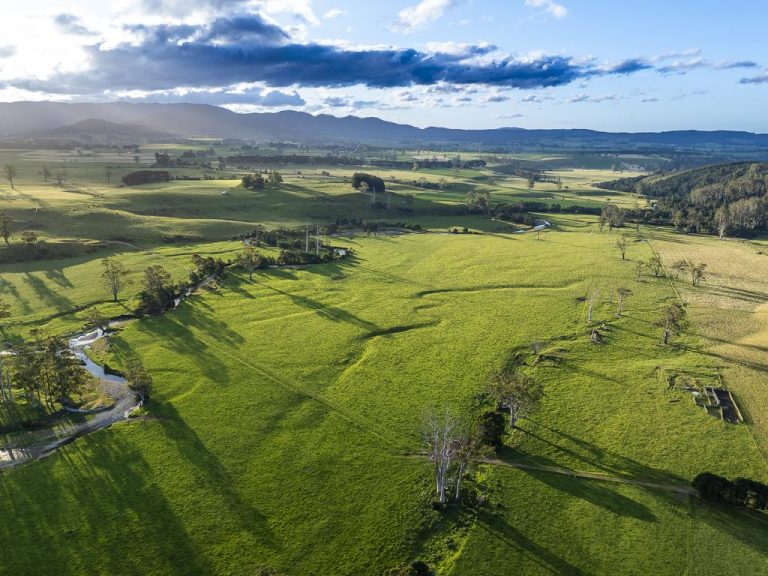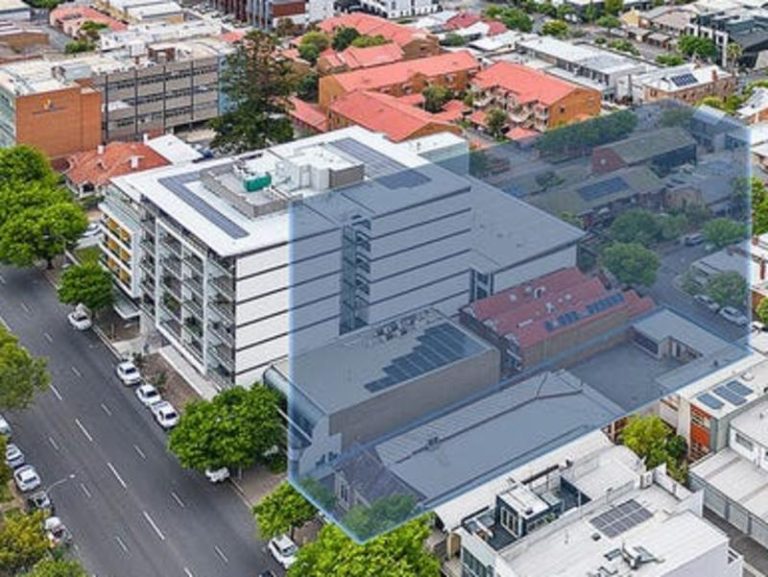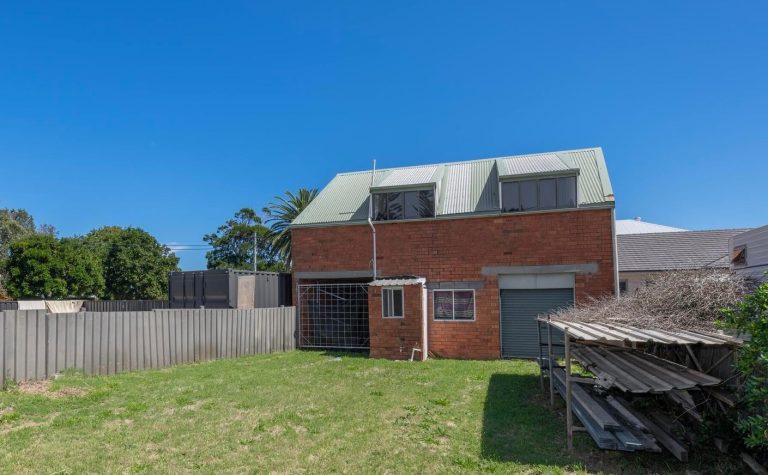Investors look to industrial and last mile logistic properties

The industrial sector continues to be a star performer in the commercial property space, driven by record-breaking demand for warehouse and logistic space during the COVID-19 pandemic.
Knight Frank’s latest Urban Logistic Report revealed the surge in e-commerce, retail, transport and manufacturing demand during the pandemic, pushed new development completions to a historic 13-year high in 2020.
More than two million square metres of new industrial developments was completed on Australia’s east coast last year, and 2.2 million square metres is expected to be completed by the end of this year.
JLL reported earlier this month more than 1.18 million square metres of logistic and industrial floorspace was leased in the second quarter of this year – the highest quarterly take-up figure on record.
The demand for warehouse and distribution space is being driven largely by the surge in e-commerce. COVID-19 accelerated the consumer shift from bricks and mortar outlets to online shopping by up to five years, according to Knight Frank.
From grocery retailers to online book sellers, Australian businesses are ramping up their last mile infrastructure with new technology and automation, as the speed of delivery becomes a key differentiator from their competitors.
Woolworths is addressing supply constraints in its current network by developing new distribution centres across Australia, including 60,000sqm in Wetherill Park, NSW; 40,000sqm in Heathwood, Queensland; and 36,000sqm in Truganina, Victoria, according to a recent REA Group market insights report.

Amazon’s new fulfillment centre in Western Sydney will have 26-metre high clearance bays. Picture: Amazon/Knight Frank
Amazon’s first Australian robot fulfillment centre in western Sydney is being built with 26-metre-high bay clearances, compared to much lower clearances commonly seen in older warehouses.
Online retailer Booktopia has grown its processing space from 4000sqm in 2010 to 14,000sqm in 2020, and made a significant investment in automated packing systems and robotic four-metre-high shelving warehouses, according to the Knight Frank report.
“The time it takes between ordering something online and receiving it is still very long in Australia relative to other countries, and people’s expectations are shifting,” said REA Group economist Anne Flaherty.
“Customers will go with whoever will deliver the fastest, so that’s why there’s been a really big increase in what we call ‘last mile logistic capabilities’,” she explained.
The Knight Frank report revealed total online retail in Australia accounts for 10-16% of total sales, but despite the COVID-accelerated growth, Australia is still below the global online penetration rate of 25%.
“This presents a massive opportunity for the industrial and logistics sector,” the report stated.
“Companies will require more storage space and logistics delivery capabilities. And as demand for faster fulfilment rises, so will the demand for decentralised or urban infill locations to allow for faster last-mile delivery.”
Ms Flaherty said the demand for industrial space in urban areas has not only put industrial use in competition with residential land use, but increased the value of suburban light industrial sites.
“In the past, industrial spaces were far away from cities, in areas where there was a lot of space, but what we’re seeing now is more demand for inner city and suburban space that can be used for last mile logistics,” she said
“If we go back a few years, industrial space in urban and suburban areas, was mainly being converted into residential if it could be. But now that space is very valuable if it remains industrial.”
According to Knight Frank, the south Sydney market is one of the most sought-after infill locations in the country, given its proximity to the Sydney CBD, Port Botany and Sydney Airport. Land prices in the precinct have surged 127% in the past five years to average well over $3000 per square metre.
In contrast, in south west Sydney, where 75% of the state’s development activity is taking place and more land is available, growth has been 106% to average over $660 per square metre.
Ms Flaherty said the industrial sector was one of only a few sectors across the commercial landscape that saw rents rise last year.
“Other sectors were hit very hard by COVID, but in industrial it’s been the opposite, and e-commerce has been the driving force behind the increase in rents that we’ve seen,” she said.
She added investors were increasingly likely to weight their commercial property portfolio towards industrial, as retail and office space were perceived as risker assets types since the pandemic.

Jaycar Electronics Group are building a 21,995sqm automated warehouse and distribution centre in Eastern Creek. Picture: Jaycar/ Knight Frank
JLL research recorded quarterly rental growth of 4.7% in Melbourne’s west and 3.4% in Sydney’s inner west region.
“The June quarter marked the highest volume of new development commencements that JLL Research has ever recorded, with over 800,000sqm across 33 new logistics & industrial projects starting construction over the last three months,” said JLL’s senior director of industrial research, Annabel McFarlane.
“These projects have seen healthy levels of occupier interest and secured a pre-commitment rate above 50%.”
Of interest to developers and investors is Knight Frank’s assessment of the best areas for the development of last mile infrastructure. Its urban logistics report specifies that these areas are in popular inner-urban locations, or urban renewal corridors, earmarked for future employment growth.
In Sydney, the report identifies: Alexandria and Marrickville in the south; Auburn, Lidcombe, Homebush and Silverwater in the inner west; and the Strathfield area, which is home to the Enfield intermodal logistics centre.
In Melbourne, potential locations are: Tullamarine in the north; Oakleigh, Moorabbin and Burwood in the south east; and the Port of Melbourne.
In Brisbane, emerging last mile logistics suburbs are north of the river in areas such as Pinkenba, Eagle Farm, Hendra and Northgate; and in the south in Salisbury, Rocklea and Oxley.







